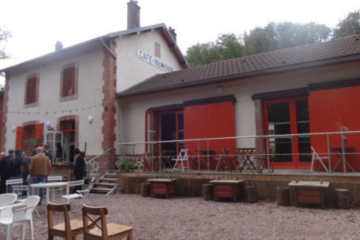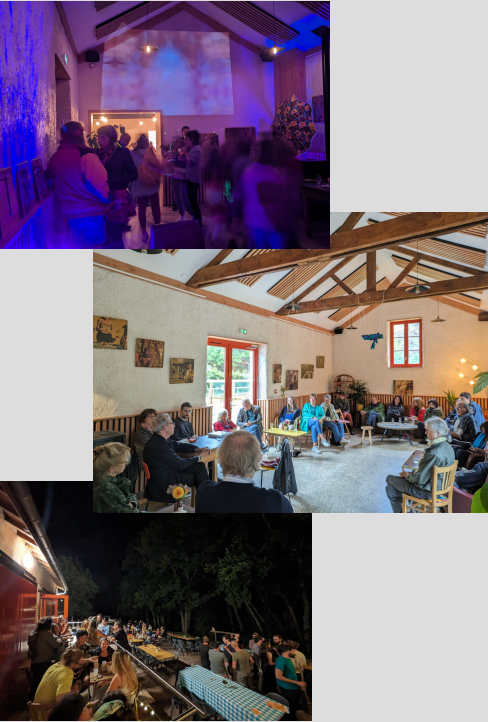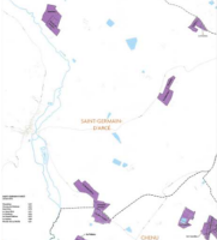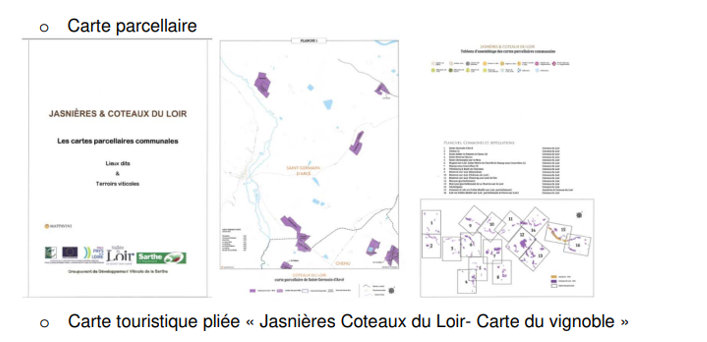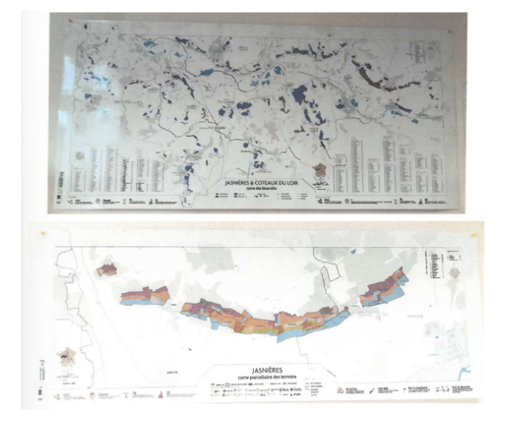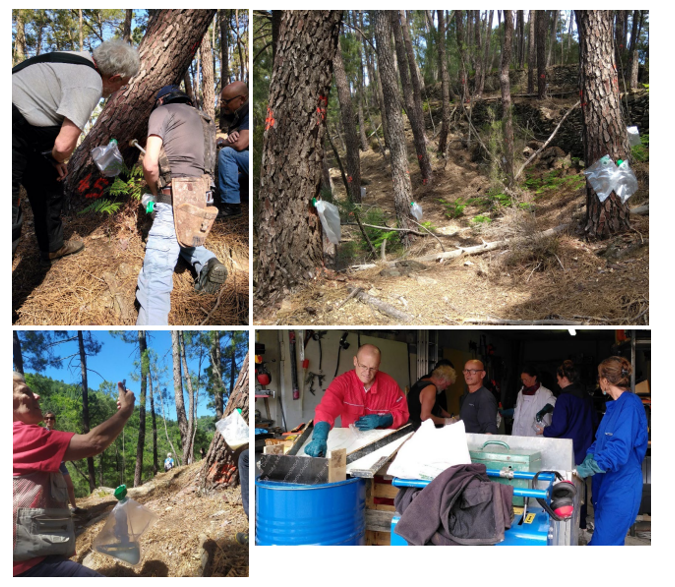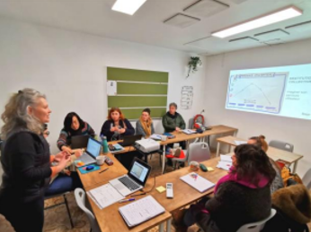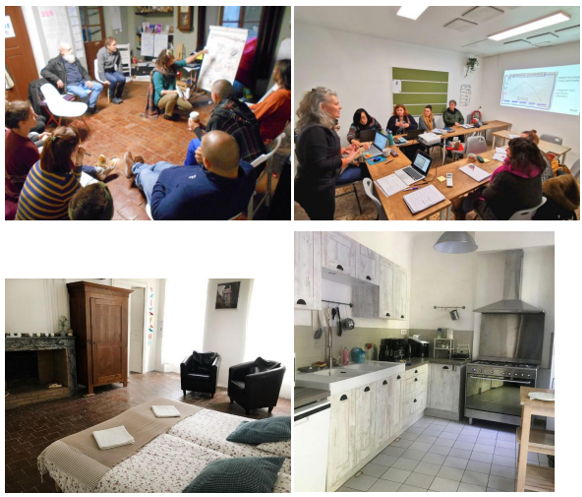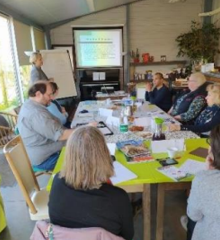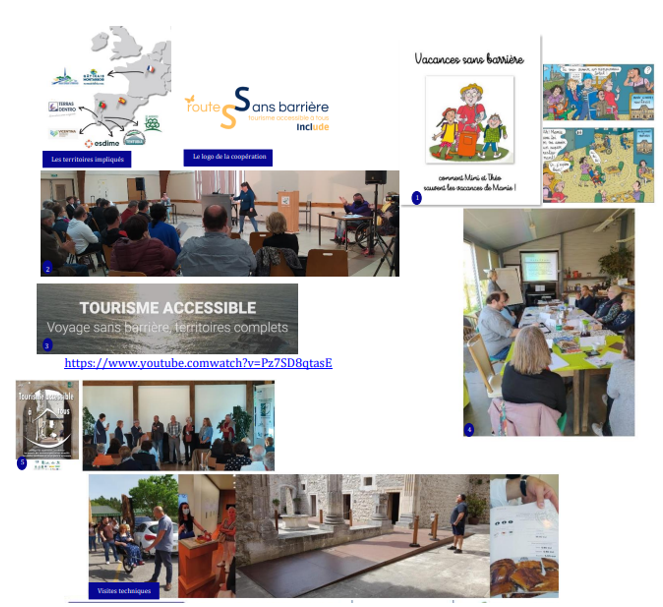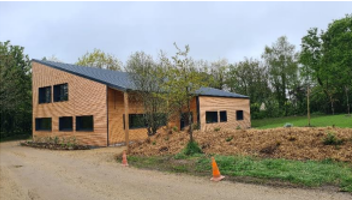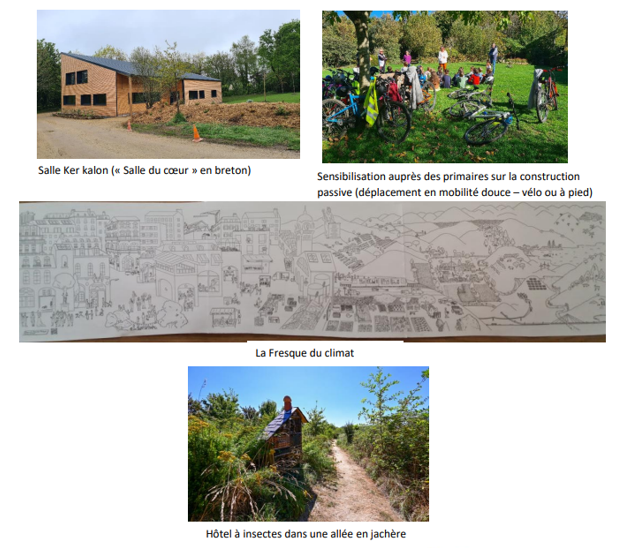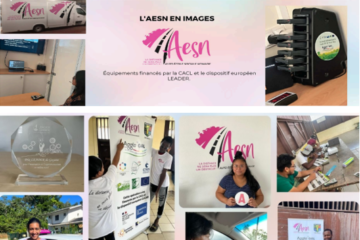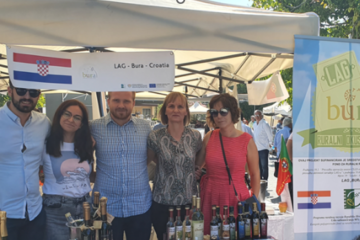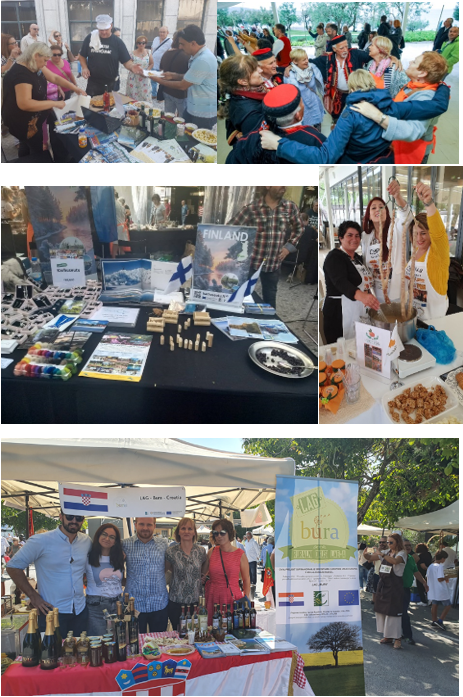France
Introduction
Through art, the limits of disease explode and the human being can be transcended, even if he is sick…. “Fragments de mémoire” is a unique artistic concept consisting of the co-creation of a theatrical performance and a photographic exhibition raising awareness of the topic of neurodegenerative diseases, and allowing us to bring another perspective on these diseases, and mental health issues in general. This collaborative artistic composition was created by directly integrating patients, their relatives and caregivers. They were guided and mentored by: -a theater troupe whose specialty is to cross universes, and to explore artistic research areas -and a photographer who has turned his attention to making portraits, and whose objective is to bring out the singularity and other reality of his characters. This project gave rise to a collective play “Tomorrow, I Forgot” performed three times in 2019, on the territory of the LAG Pays Sud Toulousain and in the Toulouse agglomeration, by artists, the sick, their carers and their relatives, which then gave rise to debates; and to a dreamlike photographic exhibition “Mønsonge” which is still shooting all over France
Presentation of the project
The SIVOM des Plaines et Coteaux du Volvestre is a structure that enables certain services, including home help for elderly, disabled or dependent people, to be pooled between several municipalities located on the LAG of the Pays Sud Toulousain. In this capacity, SIVOM manages in particular the Halte-Répit de Rieux-Volvestre, a day-care space for family caregivers of patients suffering from neuroprogressive diseases. In the framework of the project “Fragments of memory”, SIVOM wanted to highlight people with Alzheimer’s and related disorders (Parkinson’s, Dementia with Lewy Bodies (DCL), Charcot…), with the help of artists. Thus, the Compagnie Théâtre Extensible co-wrote and co-performed the show “Tomorrow, I Forgot” with the sick, their relatives and the health teams who attended the Halte-Répit. For the actors, it took a long work of listening, of exchanges, to reassure, to transcribe the feelings, the attitudes, the suffering and the anxieties. Then, it was necessary to accompany the patients in the staging: to accept to be watched, touched, to wander in space, to work on the imagination, to improvise verbal allowances… It was also necessary to deal with the vagaries of the disease: inability of some to no longer participate in the adventure, possible deaths… Between January and June 2019, at the rate of 2 weekly working sessions, the actors and the “apprentice actors” developed this show together. The latter will have been played 3 times: on 16 June 2019 in Fousseret, on 30 June 2019 in Rieux-Volvestre and on 11 December 2019 in Roques-sur-Garonne and was the subject of debates following the performance. Also, caregivers, carers, caregivers, children, spouses, professionals, volunteers… of the Volvestre Break Stop, the EHPAD of the Orée du Bois and the SSIAD (Home Care Nursing Services) inspired photographer Vladimir Vasilev for the creation of a series of dreamlike photographs, gathered around the exhibition “Mønsonge”. In this way, the artist has chosen to show the other side of the mirror, to highlight what is not seen, to highlight the ambiguity between reality and fiction. Disorder is sown between what is real and what emerges from the illusion, between reason and madness. This exhibition accompanied each performance of the show “Tomorrow, I Forgot”, and has since been touring independently throughout France. The LEADER program has thus contributed financially to both facets of the project, namely the production of the play “Tomorrow, I Forgot”, but also the creation of the series of dreamlike photos highlighting the various protagonists around the disease. The Fragments de mémoire project made it possible to show the capacities of these people, who are not only sick; it also made it possible to break down the prejudices, the law of silence that reign around dementias and which contribute to the isolation of the sick and their families.
The emblematic character of the project
The 2018 project “Fragments de Mémoire” can be considered cutting-edge. At that time, mental health was a little discussed, especially in the territory of the LAG Pays Sud Toulousain. Yet many people were already directly or indirectly affected by multiple pathologies that needed to be treated, supported. For example, in the LEADER 2014-2022 program, this project was integrated into the Fiche-Action entitled “Fostering the social link and the upscaling of the cultural offer” and was therefore able to benefit from the EAFRD fund through the cultural entry. To date, however, this project has resonated all the more since mental health has now become a priority theme in the territory. A Local Mental Health Contract (CLSM) is being drafted throughout the South Toulouse country. Many concerns have also been expressed by the structures that accompany this issue, which until now has been little considered and remains the poor relation of the health theme. The new programming for 2023-2027 now takes into account the challenges of managing mental health, but also the well-being of caregivers, whether they are professionals or family members. Therefore, if it had been presented to the LEADER program 2013-2027, this project would have met the objective of “Prevention around health and well-being in everyday life”, which therefore becomes a priority in itself. This project is replicable by many LAGs because it aims to create mental health awareness actions by involving the people most affected, namely the patients themselves, their relatives and the medico-social actors who accompany them. The animation of these actions can be entrusted to cultural or event operators to bring all the more impacts and diversity of approaches to address this subject, which is, after all, delicate and still taboo.
Pictures







SIVOM des Plaines et Coteaux du Volvestre
GAL Pays Sud Toulousain
Occitanie

